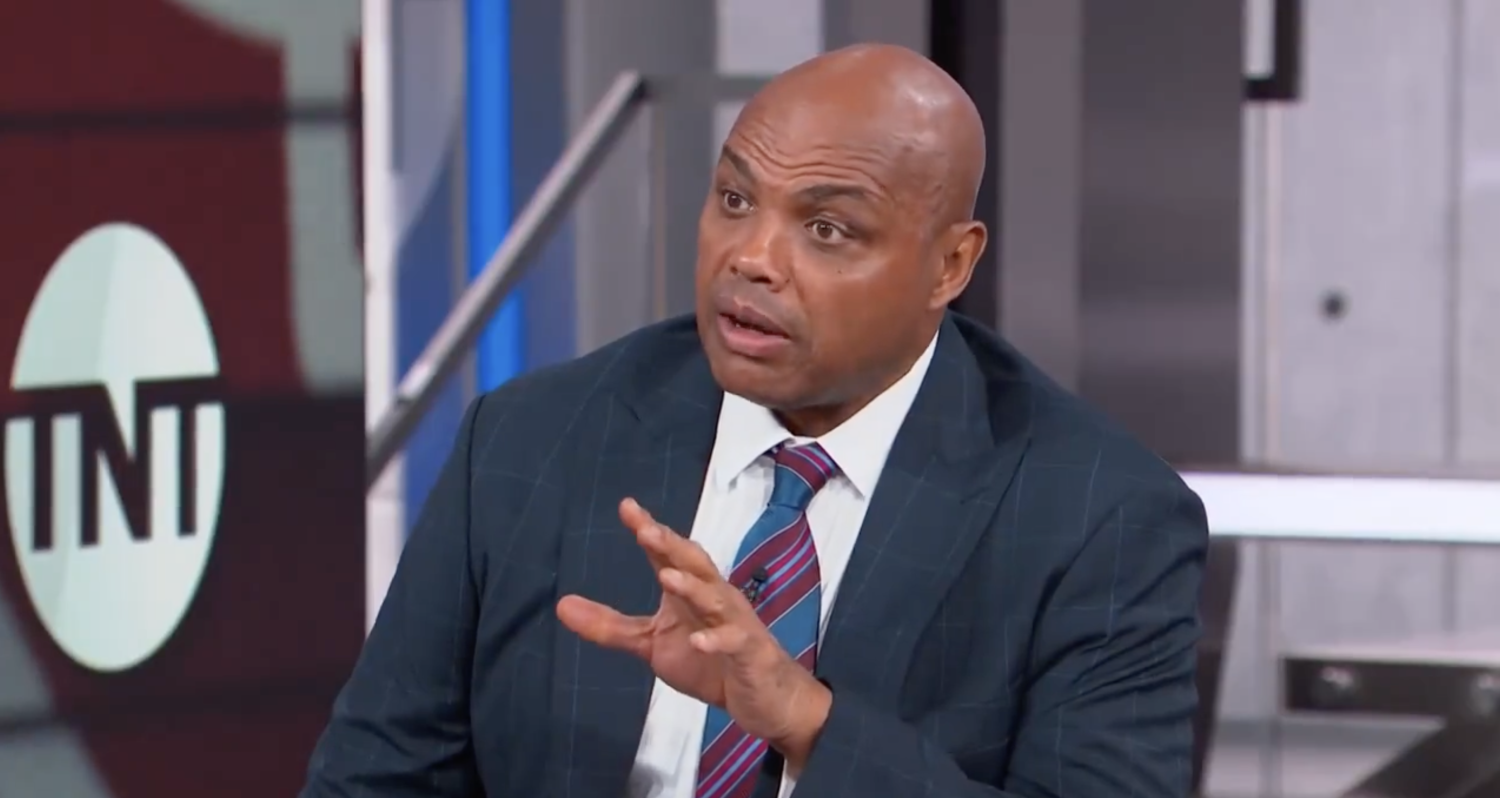As networks like ESPN lose subscribers to cord-cutting and work on an over-the-top streaming service to attract viewers who have walked away from cable and satellite, a battle is developing on another front in television’s battle to retain audiences.
Research firm Sandvine has released information from a new study that says 6.5 percent of North American households are pirating live TV each month. This “telecommunications fraud” could cost TV distributors $4 billion in revenue. While this is a huge concern to broadcast networks, premium cable and streaming outlets like HBO and Netflix, and Hollywood studios whose first-run films could be available online, pirating TV is also having an effect on live sports.
The latest
Granted, an event that cost viewers $100 for a high-definition broadcast may have been daring viewers to find alternative sources of viewing, such as streams on Periscope and Facebook Live. That’s not going to be a problem for sporting events such as the Super Bowl, World Series and NBA Finals, which can be seen for free on broadcast TV. But as major events such as postseason games and championship title games increasingly migrate from over-the-air broadcast TV to cable, pirated TV could become a concern for networks and sports leagues.
“Continued adoption of pirate video and television streaming services could lead to increased cord-cutting and create ‘cord-nevers,’ people who never sign-up for a standard TV subscription,” Sandvine CEO Lyn Cantor told Deadline. “This will significantly impact communication service providers’ revenue and profitability, undermining the business models that keep them operating.”
The Sandvine study specifically points to live sports, premium television, news and international content as the primary drivers of “telecommunications fraud.” Pirate TV services could generate up to $800 million per year as more viewers cut ties with their cable and satellite providers. And since these services run 24 hours, seven days a week, pirate TV also eats up “phantom bandwidth” — up to 1 TB — on viewers’ internet networks each month.
[Deadline]






